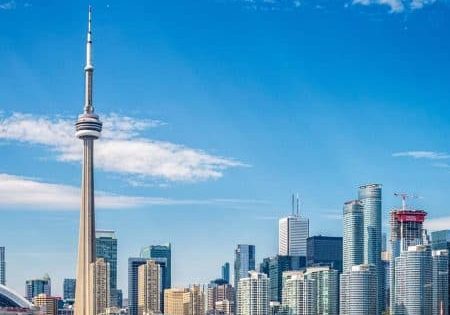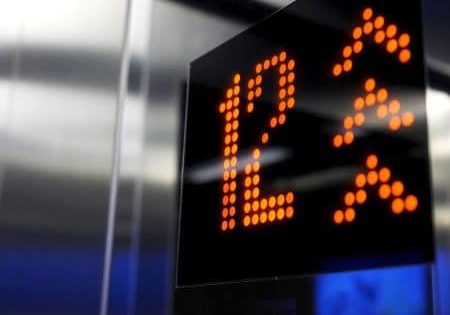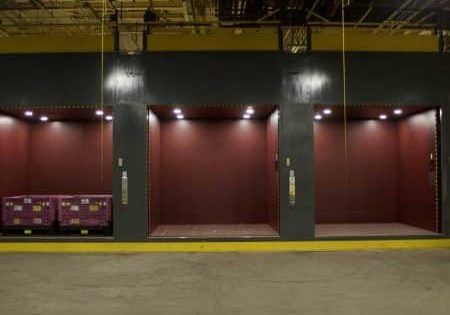Seismic Requirements for New Elevator Installations in Canada
Mar 1, 2024
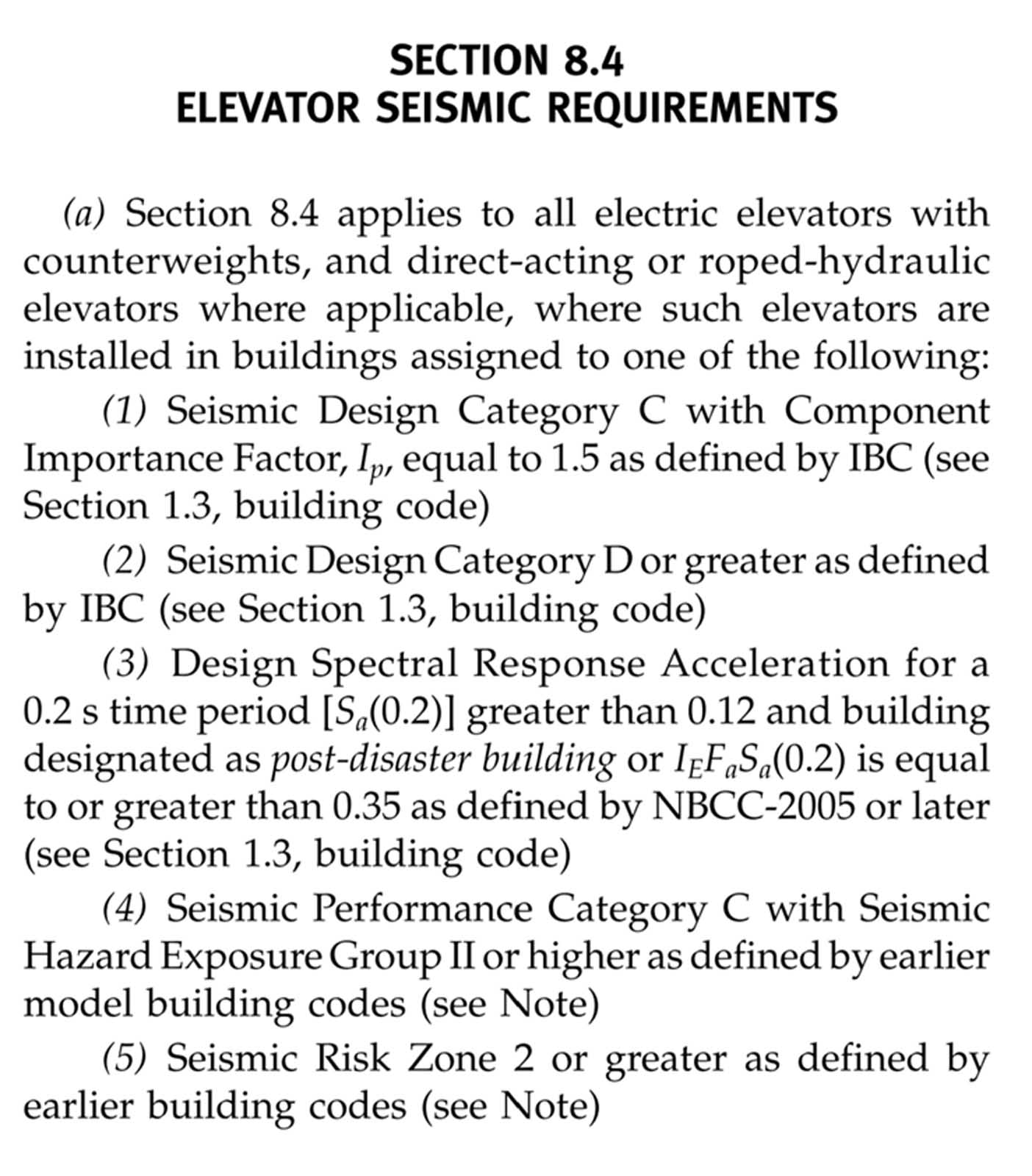
Your author offers guidance on interpreting Section 8.4 of CSA B44-13 (and onward) to determine when requirements are applicable.
In Canada, the Safety Code for Elevators and Escalators is referred to as the CSA B44. The B44-00 edition was the last edition before the B44 began being harmonized with the A17.1 to create a more uniform Elevator Safety Code for North America. Section 8.4 of the B44-00 is called “Elevator Safety Requirements for Seismic Risk Zone 2 or Greater.” In the B44-00 and the B44-04, there is a note: “8.4 is NOT part of the B44 Code.” Starting with the B44-07, the notes indicating that this section is not part of the B44 were removed. In the B44-07, provisions for seismic protection are required for elevators installed in areas where the elevator is “located in seismic risk zone 2 or greater as defined by the building code.” This same language remained in the B44-10.
The B44-13 radically changed this language from a simple assessment of the seismic risk zone 2 or greater to taking a more granular look at the Building Codes and how they assess seismic risk. The B44-13, B44-16 and B44-19 all use similar language. The language taken from the B44-16 Safety Code for Elevators is found in Section 8.4.
For the Canadian Region, we exclude 8.4 (a) (1) and (2) as these requirements are defined in the IBC (International Building Code), whereas clauses (3) and (5) are found in the National Building Code of Canada (NBCC) and local building codes, such as the British Columbia (BC) Building Code. The purpose of this article is to provide some clarity on these particular sentences in the Elevator Safety Code.
Unpacking 8.4 (a) (3)
Clause 8.4 (a) reads that “Section 8.4 (Seismic) applies to all electric elevators with counterweights, and direct acting or roped-hydraulic elevators […] where such elevators are installed in buildings assigned to […] the following:
(3) Design Spectral Response Acceleration for a 0.2 s time period [Sa(0.2)] greater than 0.12 and the building is designated as a post disaster facility or if IeFaSa(0.2) is equal to or greater than 0.35 as defined by the NBCC-2005 or later.”
There is a lot packed into this one sentence, so let’s break this down into each piece.
“Design Spectral Response Acceleration for a 0.2s time period [Sa(0.2)] greater than 0.12 […]”
Design Spectral Response Acceleration — this is defined as the 5% damped horizontal spectral acceleration of a 0.2 s period. (For a deeper dive, the NBCC provides some additional definition of this. It reads “The […] spectral parameters are deemed sufficient to define spectra close matching the shape of the uniform Hazard Spectra (UHS)”).
The good news is that a full understanding of Sa(0.2) is not necessary, as this data is readily available in the Climactic Data Tables of the Canadian Building Codes. Table C-3 is an excerpt from the B.C. Building Code.
Notice that the first column after the “Location” is the Design Spectral Response Acceleration Sa(0.2).
“[…] and the building is designated as a post disaster facility […]”
The NBCC defines a post-disaster facility as a building that is “necessary for the provision of essential services to the general public in the event of a disaster.”
If the building is a “post disaster” facility, then Sa(0.2) is the only variable that needs to be considered. For a “post disaster” facility, if Sa(0.2) is greater than 0.12 then section 8.4 applies. In the example table above, most locations in western BC exceed this threshold.
If the building is not a “post disaster” facility, we need to start using some basic math to determine if seismic protection is required, as there are possible modifiers to the Sa(0.2) value that could push the value into a range that would make 8.4 mandatory. The formula is [seismic is required] if IeFaSa(0.2) is equal to or greater than 0.35 as defined by the NBCC-2005 or later.
There are three variables to consider:
Ie — this is defined as the Importance Factor for Earthquake Loads and Effects. To get this number, we need to go to Part 4 of the NBCC, “Structural Design”, Table 4.1.8.5.
The elevator contractor and the AJH would be relying on the building design team (architect) to determine the importance factor where the elevator is being installed.
Fa — this is defined as the Acceleration Based site co-efficient. This information can also be found in the NBCC. This becomes a bit more detailed, but we need to start with Table 4.1.8.4.B, which defines the co-efficient as a function of Sa(0.2) (defined earlier) and Site Class.
In order to determine the co-efficient, we need to know the Site Class, and cross reference the value of Sa(0.2). The Site Class is information that needs to be derived from the project design team, but Table 4.1.8.4.A of the NBCC defines each Site Class.
Putting It All Together
Let’s consider a few scenarios and determine if Section 8.4 (Seismic) of the B44 is applicable to the projects in Table 4.1.8.4-A.
Example A
ABC Elevator is hired to install an elevator in a hotel located in Smithers, B.C. They are advised by the project design team that this is not considered a post-disaster facility, and that the hotel is located in an area with a Site Class “D.”
ABC Elevator needs to determine if IeFaSa(0.2) is greater than 0.35.
Ie: According to Table 4.1.8.5 of the NBCC, the Importance Factor is Normal or 1.0.
Sa (0.2): According to the Climactic Data (Table C-3 of the B.C. Building Code), the Sa(0.2) is 0.100.
Fa: Referring to Table 4.1.8.4 (b) (NBCC), since Sa(0.2) < 0.25 and cross referencing this with Site Class “D”, the Fa coefficient is 1.3.
Therefore, IeFaSa(0.2) = 1 * 1.3 * 0.1 = 0.13. This is less than 0.35, and therefore, Section 8.4 of the B44 would NOT apply to this elevator.
Example B
ABC Elevator is hired to install an elevator at a hospital in Canmore, Alberta. This is considered a “post-disaster facility.”
Because it is a post-disaster facility, the threshold is simply Sa(0.2) > 0.12.
Looking at the climactic data in Table C-3, the Sa(0.2) = 0.278, which is greater than 0.12. Therefore, Section 8.4 of the Safety Code would apply to this elevator installation.
Summary
The primary responsibility for determining if an elevator is required to comply with Part 8.4 of the elevator code starts with the project design team. The elevator contractor can ask the following questions in order to determine if Part 8.4 is required, including but not limited to:
- Is the building considered a post-disaster facility?
- What is the site class at the location of the building?
- What is the importance factor of the building?
Based on answers to the above questions, the elevator contractor can work through the climactic data in the building codes and the elevator code in order to determine if Part 8.4 is required.
About Apex Elevator Consulting Inc.
Founded in 2013 and located in Burnaby and Kelowna, B.C., Apex Elevator Consulting Inc. offers elevator consulting services to clients throughout B.C., Alberta, Yukon, the Northwest Territories and further, upon request. Its goal has always been to help people with their elevator questions by providing custom solutions and answers to their specific elevator needs. Apex has professional engineers and certified elevator inspectors at their disposal, along with a strong support staff who are always ready to tackle any challenges that arise on the jobsite. Apex offers extensive elevator reports and project management services to a variety of clients, including but not limited to building owners, strata owners, architects and developers.




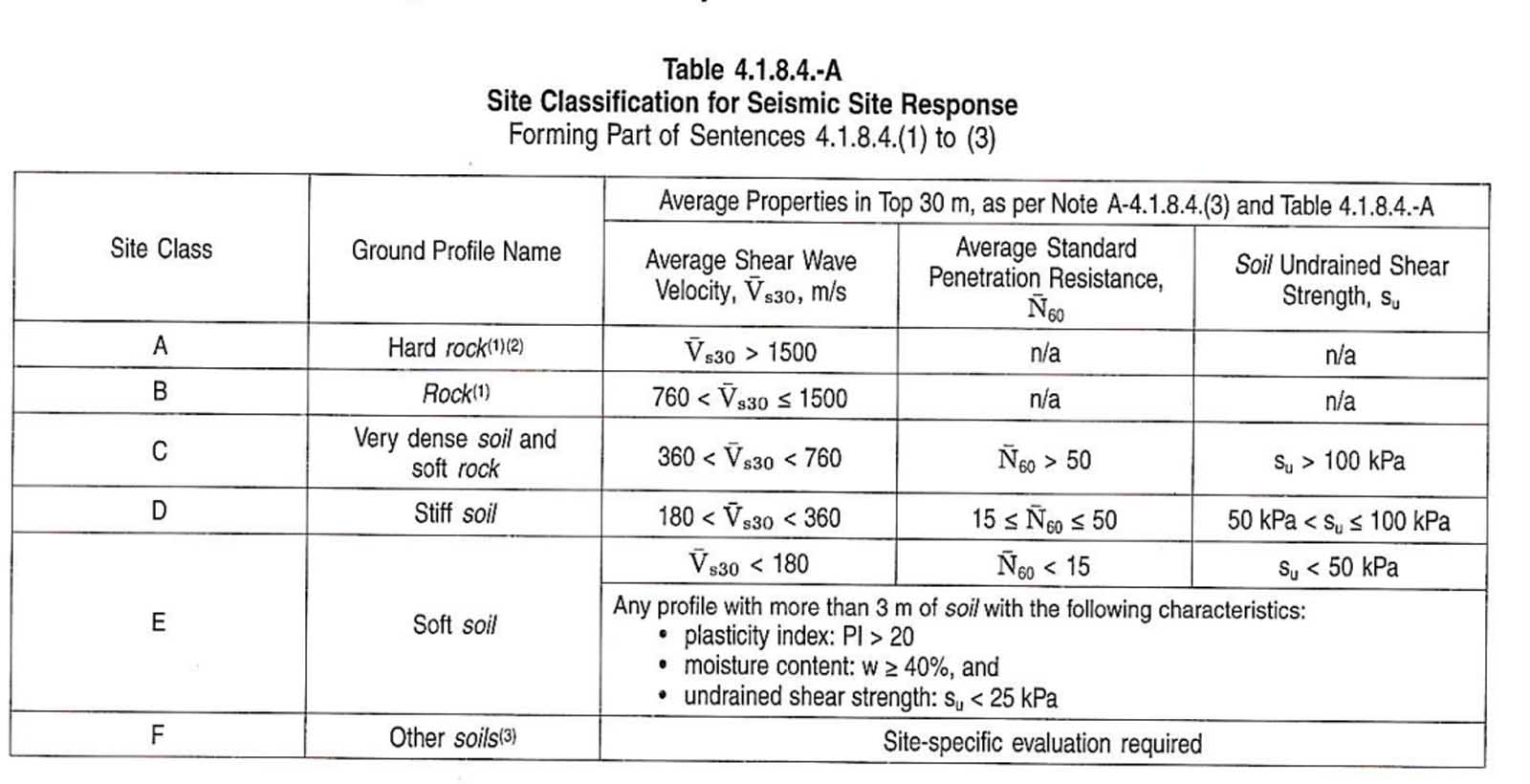
Get more of Elevator World. Sign up for our free e-newsletter.




